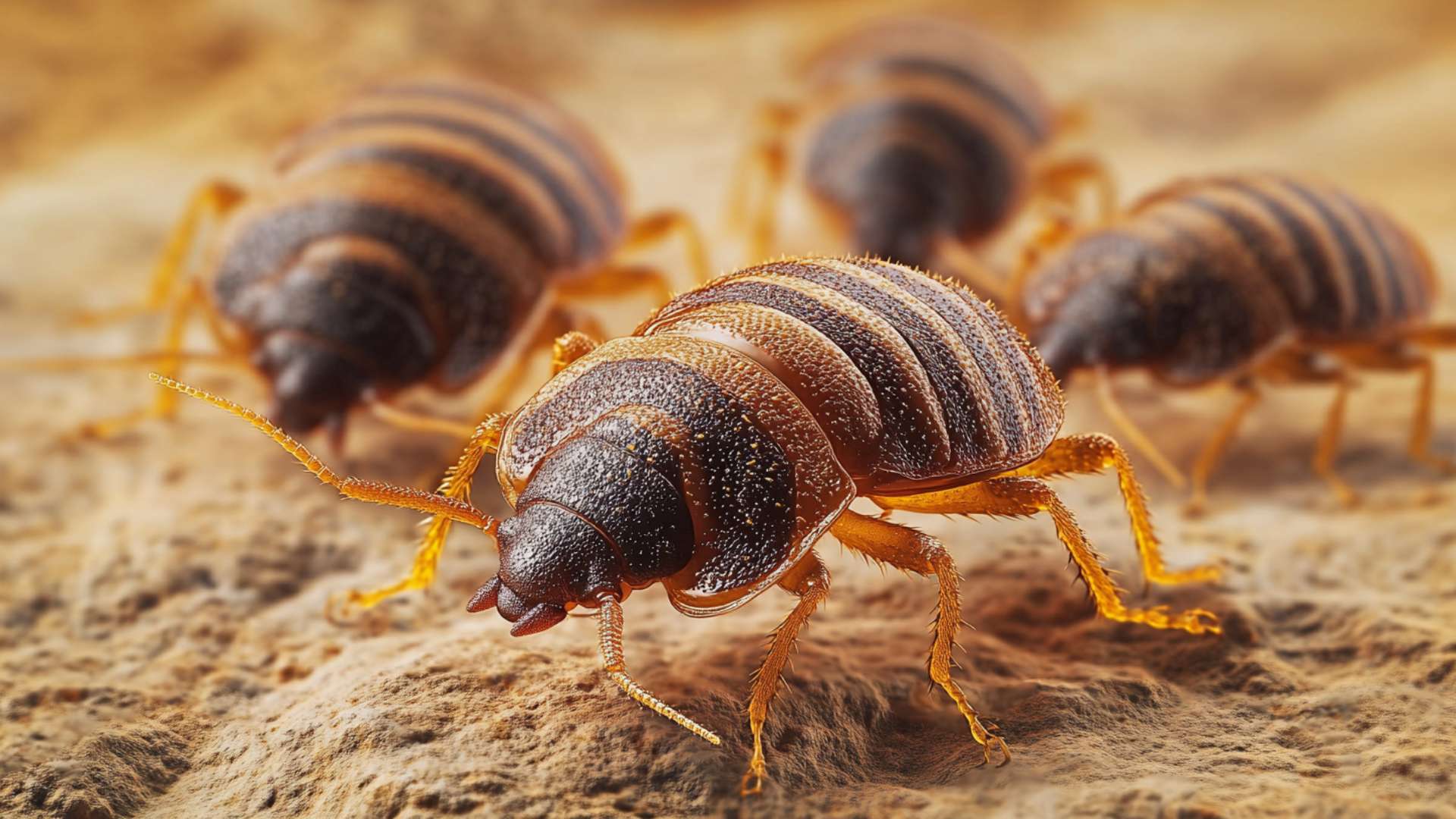The Definition and Purpose of Bed Bug Heat Treatment
Picture this: you wake up one morning, scratching incessantly and noticing small red welts on your skin. A sinking feeling sets in as you realize your home may be infested with bed bugs.
These notoriously difficult pests can wreak havoc on your peace of mind, not to mention the potential damage they can cause to your furniture and belongings. Enter bed bug heat treatment—an effective, non-chemical solution that has gained popularity in recent years.
This innovative method of killing bed bugs involves raising the temperature of the infested area to lethal temperatures for bed bugs. The goal is simple: eradicate these pesky critters from your living space, ensuring a peaceful night’s sleep again.
Conquer the Bloodsuckers: Dive into our comprehensive guide to bed bug extermination methods in vanquishing the bloodsuckers. Discover effective strategies to reclaim your space from these pests.
A Brief History of Heat Treatment for Bed Bugs
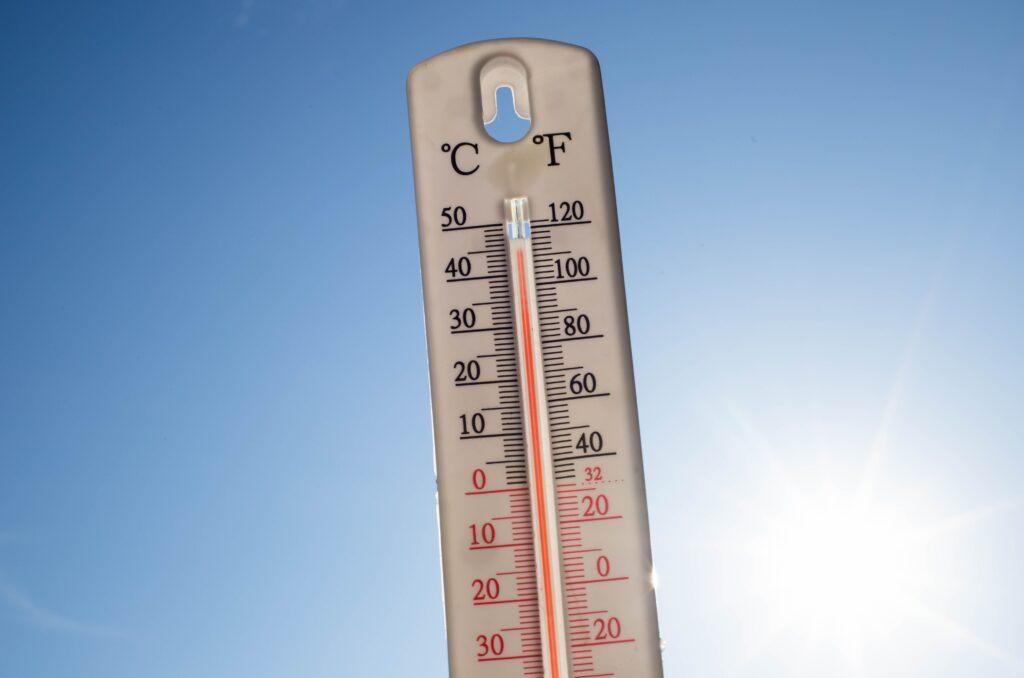
While heat treatment for bed bugs has gained significant attention in recent times, its roots can be traced back decades ago. The concept of using heat as a means of extermination dates back centuries when fire was utilized to catch and kill bed bugs within dwellings.
Over time, advancements in technology and scientific understanding have refined this method into what we now know as bed bug heat and treatment methods. With the discovery that adult bed bugs and their eggs cannot survive at temperatures above a certain threshold, professionals began developing heating processes specifically designed to target these pests effectively.
In recent years, as concerns about chemical treatments have grown and resistance to traditional insecticides has become more prevalent among bed bug populations, heat treatment has emerged as an attractive alternative. Its effectiveness against even the hardiest strains of these resilient insects has solidified its position as a leading choice for combating future infestations.
So how does bed bug heat treatment work exactly? Join us on this journey through science and innovation as we delve deeper into the intricacies of this remarkable pest control technique.
Unraveling the Enigmatic World of Bed Bugs
As nocturnal pests, bed bugs thrive in human habitats, seeking refuge in mattresses, box springs, and other cozy resting places. These small, flat insects have earned quite a reputation for their stealthy nature and irritating bites. Understanding their characteristics and behavior is crucial in combatting these unwelcome roommates.
Bed bugs are notorious hitchhikers. They latch onto luggage, clothing, or even used furniture to infiltrate homes undetected.
Once inside, they quickly establish harborage sites near where humans sleep or spend extended periods. Dark crevices in headboards, wall voids behind picture frames, and cracks between floorboards are just a few examples of their preferred hiding spots.
The Heat is On: Bed Bugs’ Achilles’ Heel
While bed bugs are notoriously difficult to eradicate using traditional chemical treatments alone due to their resistance to pesticides, heat treatment has emerged as an effective alternative. The reason lies in the heat’s profound impact on other bed bugs and bug physiology.
Bed bugs possess a thermal death point – a temperature threshold at which they can no longer survive. When exposed to elevated temperatures between 120°F and 135°F (49°C – 57°C), bed bugs experience irreversible damage.
This range disrupts their ability to feed and reproduce while compromising the integrity of their protective exoskeletons. Unlike other insects that might scatter when sensing danger or extreme heat sources, bed bugs exhibit a lack of thermotaxis – the ability to move towards or away from temperature changes actively.
Instead, they tend to remain stationary when heated air envelops them during treatment sessions. This immobility makes them more susceptible to the lethal effects of sustained high temperatures.
How temperature affects bed bugs’ physiology
When it comes to combating a bed bug infestation, heat is a formidable weapon. Bed bugs, like most living organisms, have specific temperature limits at which their bodies can function properly. These tiny pests thrive in environments with temperatures between 70°F and 80°F (21°C to 27°C).
However, when exposed to higher temperatures, they start to struggle. As the heat rises, their metabolic rate increases rapidly, leading to dehydration and eventually death.
Impact on their ability to feed and reproduce
Raising the temperature in the treated area disrupts bed bugs’ feeding and reproductive cycles. Heat treatment drastically alters their physiology by impairing their ability to obtain blood meals from unsuspecting sleepers.
At elevated temperatures exceeding 113°F (45°C), enzymes responsible for the digestion of blood denature, rendering them ineffective. This means that even if a few bed bugs manage to survive the initial heat treatment process, they will be unable to reproduce or sustain themselves.
Disruption of their protective exoskeleton
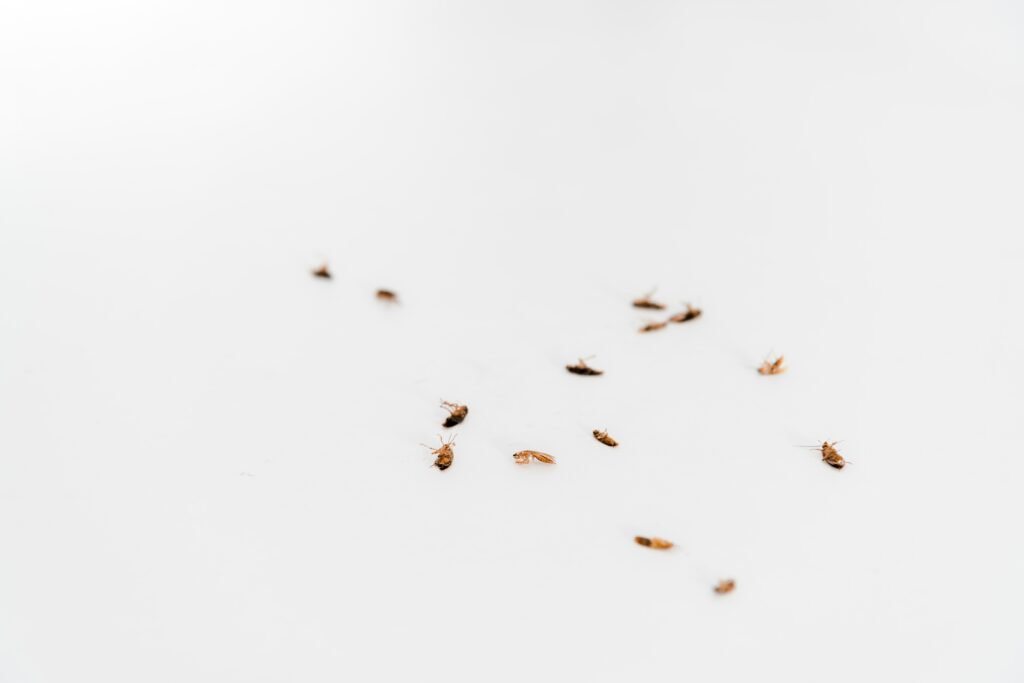
The exoskeleton serves as a crucial protective layer for bed bugs against external threats like pesticides or physical disturbances. However, when exposed to lethal temperatures during heat treatment, this armor becomes a liability for them.
The heated air infiltrates every crack and crevice within the treated area, causing moisture inside the pests’ bodies to evaporate rapidly. As a result, they become dehydrated and vulnerable due to the loss of fluids through their permeable exoskeletons.
Optimal temperature range for effective heat treatment
To achieve maximum effectiveness during bed bug heat treatments, professionals typically raise the ambient temperature within the treated area between 120°F (49°C) and 140°F (60°C). This temperature range ensures that every nook and cranny, where bed bugs may hide, reaches lethal temperatures.
By maintaining this elevated temperature for an extended period, usually several hours, it guarantees the eradication of even the most resilient bed bug populations. By understanding the science behind bed bug heat treatment, we can appreciate why it is considered one of the most effective methods for getting rid of these notoriously difficult pests.
The combination of elevated temperatures disrupting their physiology, hampering their feeding and reproductive capabilities, along with the breakdown of their protective exoskeletons, makes heat treatment a formidable weapon in the battle against bed bugs. Moreover, by carefully controlling and maintaining an optimal temperature range within the treated area, professionals ensure that no hiding spot remains untouched by this powerful pest control method.
Equipment Used in Bed Bug Heat Treatment
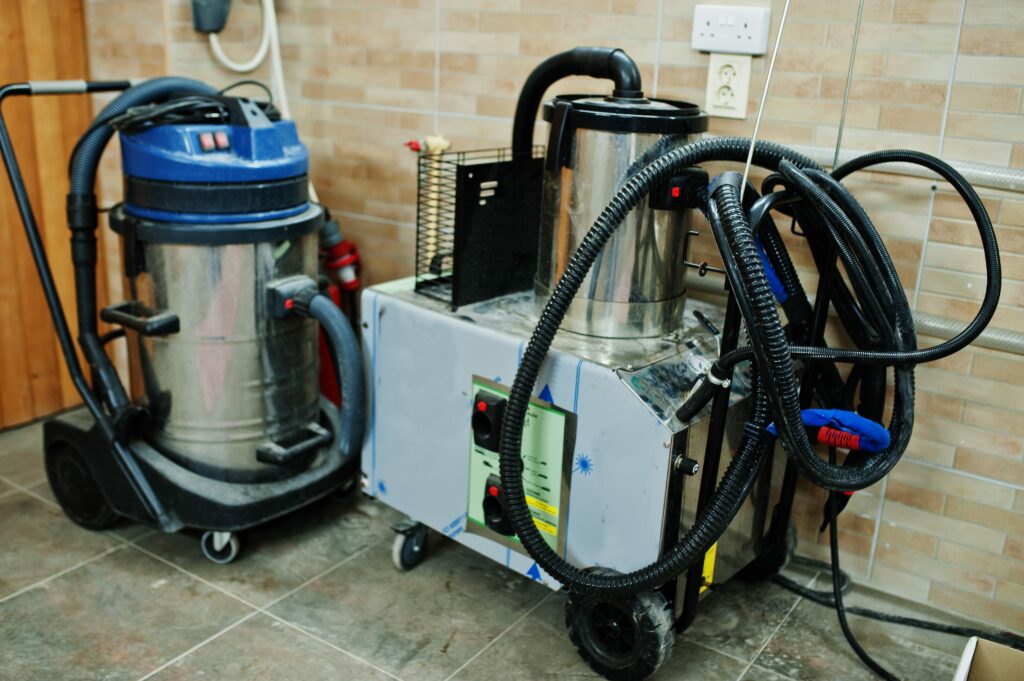
When it comes to bed bug heat treatment, professional-grade equipment is the cornerstone of success. The two main components utilized in this process are heaters and fans.
These heavy-duty machines are specifically designed to raise the temperature in the bed bug treatment area to a level that effectively eliminates bed bugs at all stages of their life cycle – from eggs to adults. The heaters used in bed bug heat treatments come in various forms, but the most commonly employed ones are electric and propane heaters.
Electric heaters are preferred for indoor treatments, as they don’t produce any fumes or emissions that can be harmful if not properly ventilated. On the other hand, propane heaters offer greater mobility and can be used outdoors or in areas without access to electricity.
Types of heaters commonly used (e.g., electric, propane)
Electric heaters are highly efficient and popular among pest control professionals due to their safety features and ease of use. They function by converting electrical energy into heat through heating elements. These elements distribute warmth uniformly throughout the treatment space, ensuring that every nook and cranny reaches the desired temperature threshold for exterminating bed bugs effectively.
Propane heaters, on the other hand, rely on combustion to generate heat. They utilize propane gas as fuel, creating an open flame with controlled burners or heating coils.
Propane-powered equipment offers greater portability since it doesn’t require an electrical power source. However, caution must be exercised during their operation due to fire hazards associated with open flames.
Importance of proper airflow with fans or blowers

In conjunction with heating equipment, fans play a crucial role in maintaining consistent temperatures during bed bug heat treatments. Proper airflow is essential for ensuring uniform distribution of heated air throughout the treated space, leaving no room for cold spots where bed bugs might survive. Fans or blowers are strategically placed to create a continuous flow of hot air, maximizing the effectiveness of the treatment.
They circulate the heated air and prevent stagnant pockets that could impede the eradication process. By ensuring optimal airflow, fans facilitate the penetration of heat into hard-to-reach areas, such as cracks, crevices, and deep within mattresses or box springs, where bed bugs commonly hide.
By utilizing professional-grade heaters and fans in bed bug heat treatments, pest control professionals can target infestations effectively while minimizing the risk of heat damage to furniture or other items in the treatment area. The combination of carefully selected heating equipment and strategic airflow management ensures that bed bugs are subjected to lethal temperatures throughout the entire house or specific treatment zone.
Preparing the Infested Area for Heat Treatment
When preparing for bed bug heat treatment, it is crucial to clear the infested area of any clutter that might obstruct the heating process. Remove items such as clothing, linens, toys, and other personal belongings from the room. By doing so, you allow hot air to circulate freely and permeate every corner where those pesky bugs may be hiding.
Remember to seal heat-sensitive items in plastic bags or move them to a cooler part of your home where they won’t be exposed to high heat. Additionally, it is essential to eliminate any potential fire hazards before starting the treatment.
Ensure that there are no flammable materials near the heating equipment or open flames. Keep in mind that bed bug heat treatments utilize high temperatures, so removing combustible items like aerosol cans, cleaning solvents, and alcohol-based products from the area is crucial for safety reasons.
Sealing Cracks, Crevices, and Other Hiding Spots
Before initiating the heat treatment process for bed bugs, take some time to seal cracks and crevices where these little pests love to hide. Use caulk or sealant to fill gaps around baseboards, electrical outlets, pipes, and any other potential entry points they might use.
Don’t forget about the furniture! Inspect your beds thoroughly and make sure there are no loose boards or gaps in box springs or headboards where bed bugs could seek refuge during the heating process.
If you notice any issues with the infested items or furniture that cannot withstand high heat treatments (such as delicate wooden antiques), consult with a professional on alternative options for dealing with those specific items effectively.
Execution of Bed Bug Heat Treatment Process
Step-by-Step Procedure During the Treatment Session
Once the infested area is properly prepared, the actual bed bug heat treatment can begin. Here’s a step-by-step breakdown of the process:
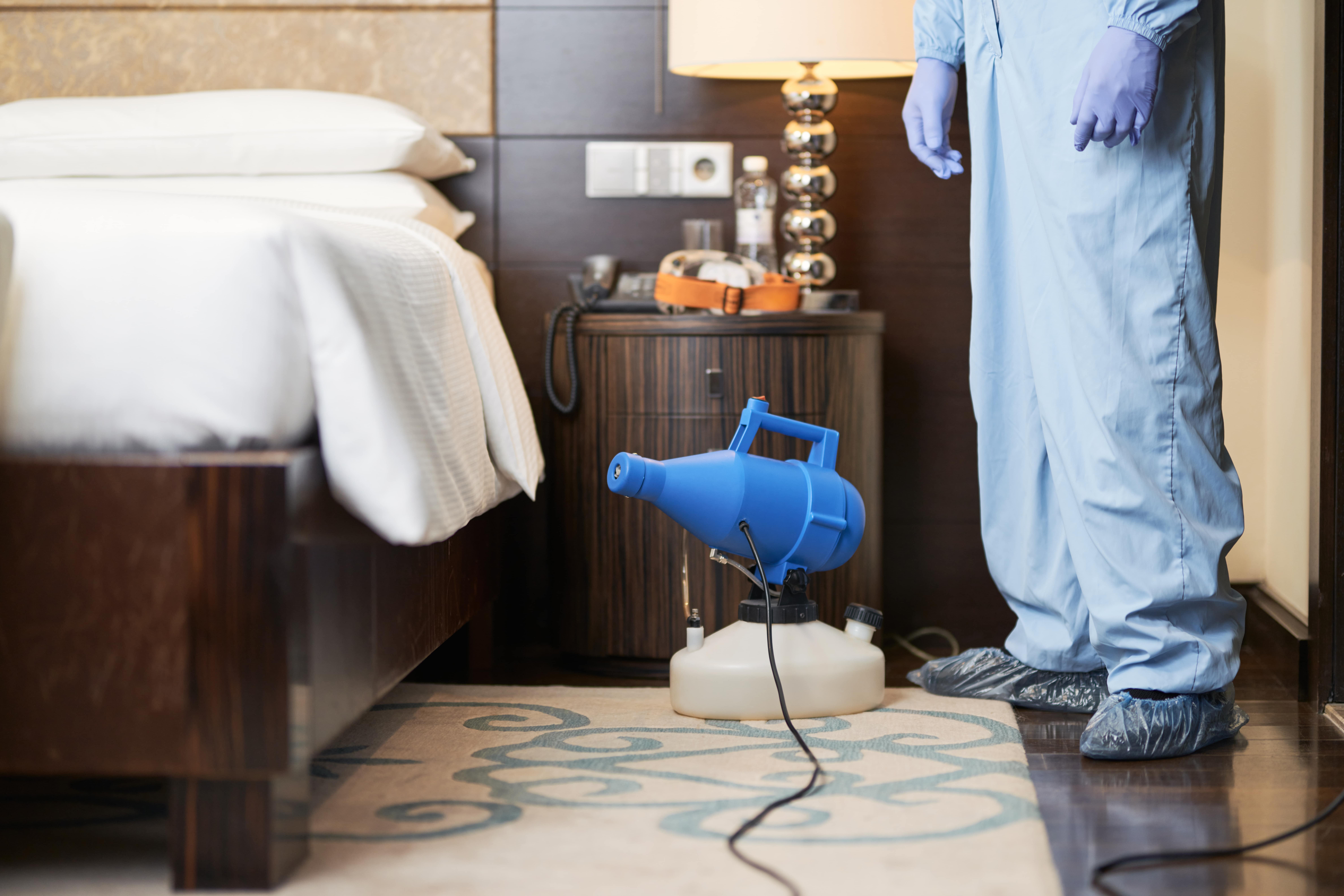
1. Setting up Heating Equipment Strategically: Professional technicians will strategically place powerful heaters and fans around the room to generate and distribute hot air evenly. This ensures that every nook and cranny reaches temperatures lethal to bed bugs.
2. Monitoring Temperature Levels Throughout the Process: Technicians will use specialized thermometers and sensors to monitor temperature levels continuously during the treatment session. It is crucial to maintain a consistent temperature range for several hours, as even a slight fluctuation can affect the effectiveness of the heat treatment.
During this time, it is important to remember that you should not be present in the treated area due to safety concerns associated with high heat exposure.
Safety Considerations During Bed Bug Heat Treatment
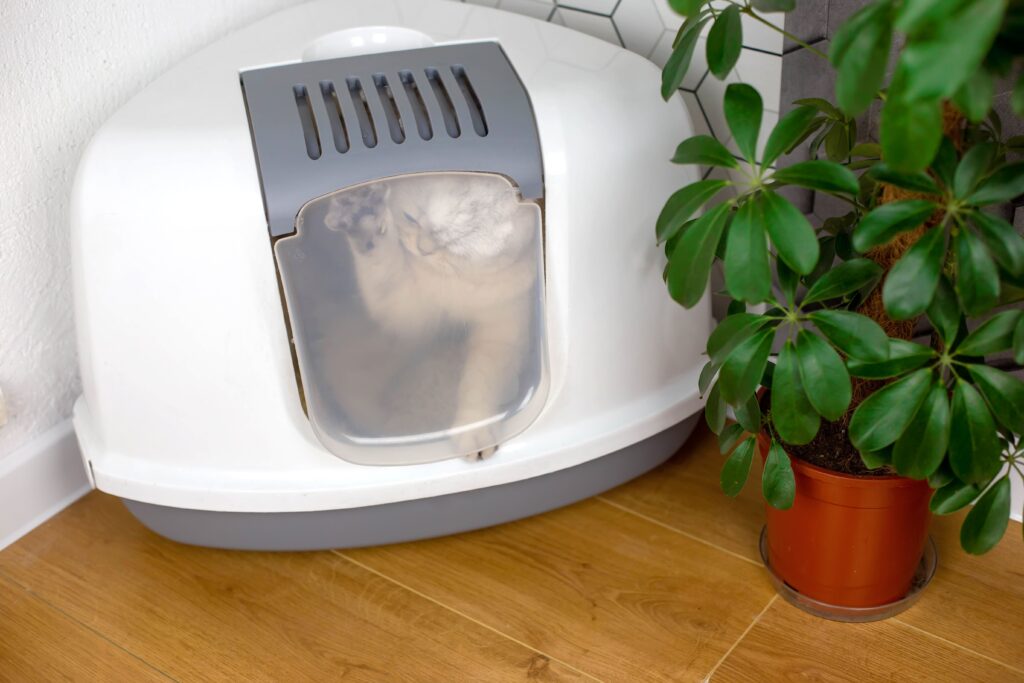
Precautions for Occupants or Pets Present During Treatment
When undergoing bed bug heat treatment, it is imperative that all occupants and pets vacate the premises throughout the entire procedure. The high temperatures involved in this method pose potential health risks, including burns or other related complications if exposed directly.
In addition to vacating, there are necessary protective measures that technicians must implement for their safety while performing bed bug heat treatments. They will wear appropriate personal protective equipment (PPE) such as gloves, masks, and suits specifically designed for high-temperature environments.
These precautions ensure that both technicians and clients remain safe throughout the treatment process. Furthermore, everyone involved in the bed bug control process must follow any additional instructions provided by professional pest control experts regarding re-entry into treated areas after completion of bed bug heat treatments.
Safety should always be a top priority when dealing with any pest control method.
Effectiveness and Advantages of Bed Bug Heat Treatment
Comparison with Other Pest Control Methods
When it comes to treating bed bug infestations, heat treatment has proven to be highly effective and offers several advantages over chemical treatment and other methods. Unlike chemical treatments, which may require multiple applications and have the potential to damage furniture or cause health concerns for occupants, heat treatment eradicates bed bugs in a single session without leaving behind harmful residue.
Additionally, heat treatment reaches all areas of the infested room, including those notoriously difficult-to-access hiding spots where bed bugs often lurk. The high temperatures penetrate walls, furniture, and other objects effectively, ensuring that no corner is left untouched.
Furthermore, compared to traditional methods such as insecticide sprays or steam treatments that require repeated visits over an extended period, heat treatment typically last three to four hours and concludes within a day. This means less disruption for homeowners and faster resolution of the infestation.
Overall, bed bug heat treatment provides a comprehensive solution that not only eliminates these pests but also minimizes the risk of reinfestation and reduces the chances of any long-term serious bed bug problem or bugs damage.
Conclusion
With its ability to penetrate every crack and crevice where bed bugs reside while leaving no harmful residue behind, heat treatment stands out as an effective solution for eradicating these stubborn pests. Its efficiency in killing all life stages of bed bugs makes it a superior option when compared to traditional chemical treatments or steam methods.
Properly preparing the area beforehand and following safety protocols during the process can achieve successful results without compromising your health or property. Bed bug heat treatments offer peace of mind by swiftly eliminating bed bugs’ infestations and allowing you to reclaim your home from these unwanted nocturnal invaders.
Experience victory over bed bugs with D-Termination: Las Vegas’ leading provider of pest control services!

Are you grappling with a bed bug problem in Las Vegas? Fear not, as D-Termination is here to assist you. Our team of skilled professionals excels in eradicating bed bug infestations and reinstating comfort to your environment. Bid farewell to bed bugs and make the smart choice of selecting D-Termination for highly effective pest control today!
To book your bed bug control service and reclaim your space from these tenacious pests, contact us at 702-919-6310 or visit dtermination.com.
Frequently Asked Questions:
Bed bugs cannot typically survive heat treatment and are unlikely to escape if the treatment is done properly.
Bed bugs may still be visible after heat treatment, but they should be dead or dying. Any surviving bed bugs should be dealt with immediately.
It is generally recommended to remove clothing from the house during heat treatment to ensure thorough heat penetration and eliminate any potential hiding places for bed bugs.
There could be several reasons for still having bed bugs after heat treatment, including inadequate treatment coverage, re-infestation from untreated areas or neighboring units, or introduction of new infested items into the environment. A professional inspection and follow-up treatment may be necessary to address these issues.
If you found this article enjoyable, you might also find the following related content worth exploring:
Battling Bed Bugs: Unveiling the Efficacy of DIY Extermination Methods
Slaying the Tiny Bloodsuckers: Exploring the Arsenal of Bed Bug Extermination

